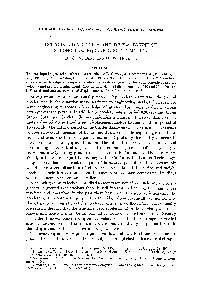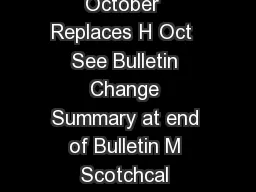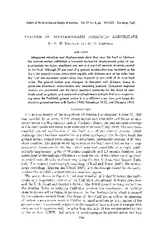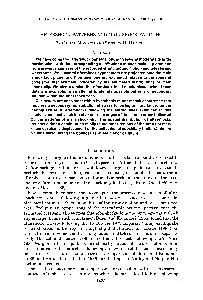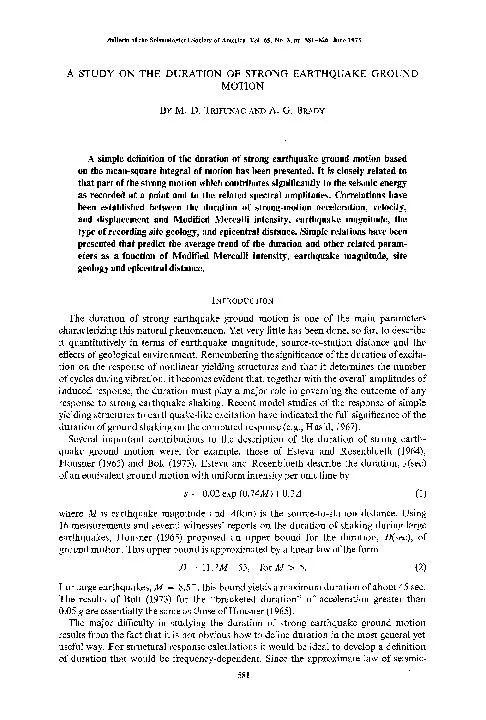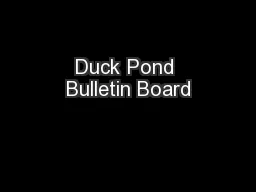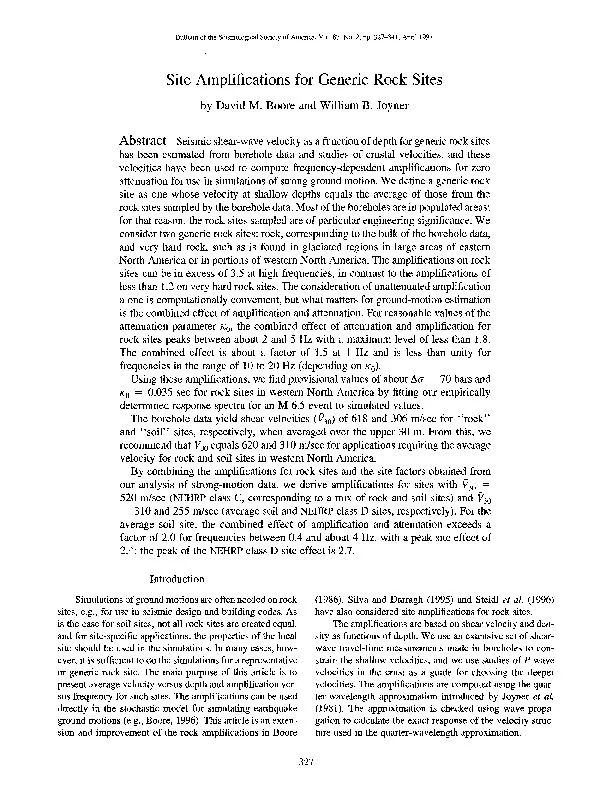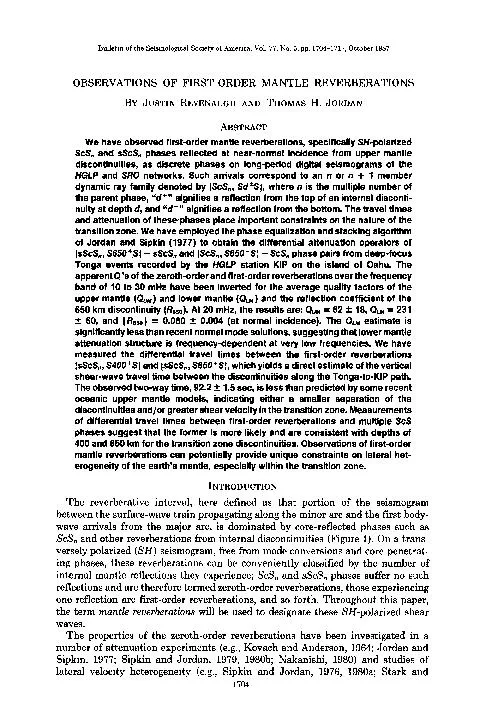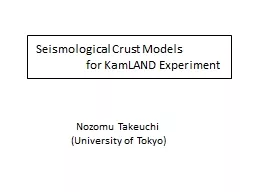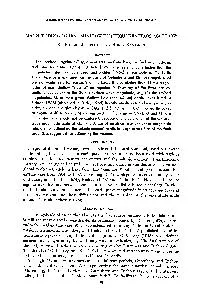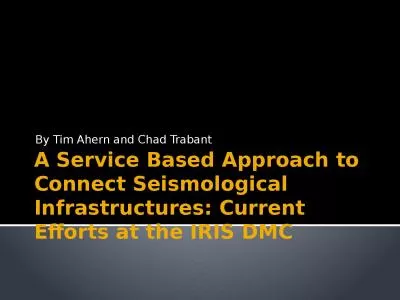PDF-Bulletin of the Seismological Society of America
Author : luanne-stotts | Published Date : 2015-06-02
Vol 51 No 2 pp 175189 April 1961 INTEGRATED VELOCITY AND DISPLACEMENT OF STRONG EARTHQUAKE GROUND MOTION BY G V BERG AND G W HOTJSNEI ABSTRACT The earthquake ground
Presentation Embed Code
Download Presentation
Download Presentation The PPT/PDF document "Bulletin of the Seismological Society of..." is the property of its rightful owner. Permission is granted to download and print the materials on this website for personal, non-commercial use only, and to display it on your personal computer provided you do not modify the materials and that you retain all copyright notices contained in the materials. By downloading content from our website, you accept the terms of this agreement.
Bulletin of the Seismological Society of America: Transcript
Download Rules Of Document
"Bulletin of the Seismological Society of America"The content belongs to its owner. You may download and print it for personal use, without modification, and keep all copyright notices. By downloading, you agree to these terms.
Related Documents

